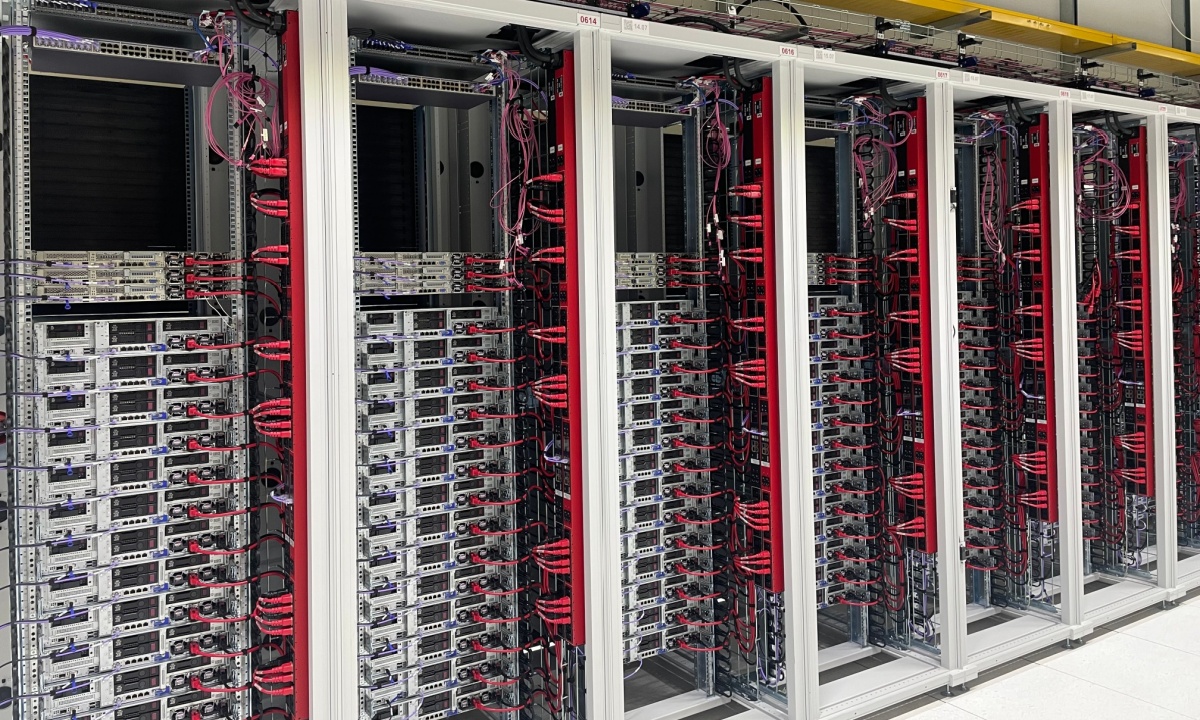As demand for artificial intelligence (AI) training large models rises, traditional providers such as Amazon Web Services, Microsoft Azure and Google Cloud are facing limits in available capacity.
A group of smaller infrastructure firms known as “neoclouds” has started to fill that gap. These companies lease clusters of graphics processing units, or GPUs, to AI developers and enterprises that need computing resources on short notice. Rather than offering full software platforms, they specialize in the raw compute that powers AI systems.
Training and deploying modern AI models requires far more computing power than most data centers were built to handle. Each GPU draws substantial electricity and generates heat that demands advanced cooling and network systems. Existing facilities, designed for mixed workloads such as databases and storage, are not optimized for such high-density use.
A KPMG analysis found that investment in GPUs and related hardware is increasing about five times faster than new data-center construction. Research by JLL shows that neoclouds can deploy high-density GPU infrastructure within months, compared with the multiyear build times for hyperscale data centers. JLL also said these providers offer “time-to-market advantages for organizations needing rapid AI development,” often by reusing industrial sites near existing energy infrastructure.
Response to Scarcity
Neoclouds operate smaller facilities focused solely on compute. That narrower scope allows faster setup and denser configurations of GPUs. Many lease capacity by the hour or month, giving customers flexibility to handle short bursts of model training without long-term contracts.
The approach has found early traction with AI startups, research institutions and companies running pilot projects. These clients typically use major cloud providers for deployment but rely on neoclouds for temporary training runs. The model is similar to contracting short-term capacity in logistics or energy markets when supply tightens.
Advertisement: Scroll to Continue
JLL data shows the neocloud segment has grown at a five-year compound annual rate of 82% since 2021, outpacing broader data-center investment.
The sector has attracted major clients and investors. CoreWeave reached a $22.4 billion agreement with OpenAI to provide dedicated GPU clusters. Nebius raised $3.75 billion following a long-term compute supply deal with Microsoft. PYMNTS reported that Nvidia plans to invest up to $100 billion in OpenAI-linked data centers.
These deals show how computing power has become part of supply planning for AI companies. As building their own facilities is taking time and large investments, in the meantime, large firms are securing access through long-term contracts.
How Neoclouds Fit In
Partnerships between hyperscalers and neoclouds are driven by immediate need rather than strategy shifts. Building a hyperscale data center can take several years and requires local approvals and grid connections. Renting from specialized providers gives large companies access to GPUs without new capital spending.
The Wall Street Journal reported that Microsoft’s $17.4 billion deal with Nebius is one of the largest AI infrastructure contracts to date. For neoclouds, such anchor clients provide steady revenue and stronger financing terms.
KPMG expects global spending on AI-related data-center infrastructure to exceed $250 billion annually by 2026, with GPU-based systems driving most of the growth. JLL forecasts that the high-density compute market will continue expanding through 2027, led by North America and Western Europe.
Neoclouds are unlikely to replace the major cloud platforms. Instead, they serve as an additional source of compute for companies caught between limited supply and growing AI demand. Their presence signals a more practical shift in the market: As AI workloads rise, access to power and hardware is becoming as important as access to data or algorithms.

